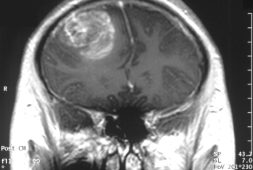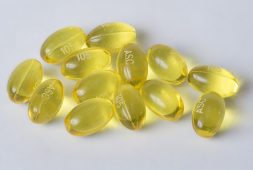13. Fights Germs

Current therapeutic methods, which are based on synthetic medications, are costly and produce genetic and metabolic changes. To limit the disease’s development and progression, however, a safe and sound manner of treatment is required. Medicinal plants and their constituents have an essential role in illness management by modulating biological activity. Since ancient times, ginger, the rhizome of the Zingiber officinale, has played a medicinal function in health management and is thought to be a possible chemopreventive agent. Numerous research based on clinical trials and animal models have revealed that ginger and its contents have an important role in disease prevention by modulating genetic and metabolic activity. Although allopath-based treatment is successful in the treatment of diseases, it also changes the numerous metabolic and molecular processes. Medicinal plants and their contents have been utilized to treat ailments since ancient times. Curcumin, black seed, olive fruits/leaves, and dates are examples of medicinal plants and their compounds that play a therapeutic function in disease control by modulating biological activity. Herbs and their constituents are significant in the diet and treatment of many diseases in Islam, and Prophet Mohammed used several herbs, including dates and Nigella sativa, and also suggested various medicinal plants in the treatment of diseases. Medicinal plants and their compounds have an important role in illness treatment, particularly with antioxidant, anti-inflammatory, anti-diabetic, and anti-tumor qualities. Ginger, the rhizome of the Zingiber officinale, is extensively taken as a nutritional spice and is generally regarded as harmless; it has been used to treat a variety of ailments. It also helps to prevent cancer by deactivating and activating various biological pathways. In this review, we summarized ginger’s therapeutic role in illness management through modulation of biological activities such as anti-inflammatory and anti-oxidative activities, as well as gene regulatory mechanisms of action.



